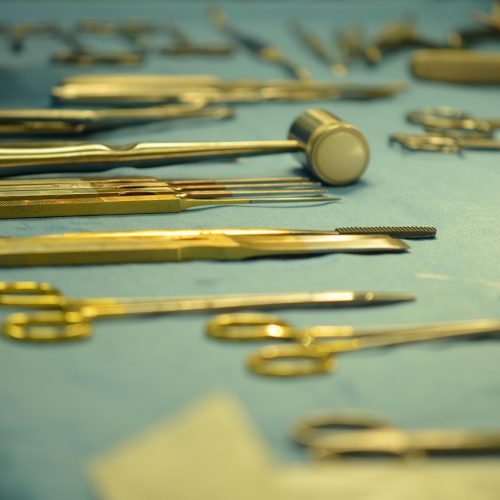Inspiration
The impetus behind one of this quick analysis comes from a remark made by one of the orthopaedic trauma attendings that there should have been three surgeons associated with the Gustilo-Anderson classification as opposed to two. Since then, I have to compile a list of hyphenated eponyms within the field of orthopaedics to determine if any of them are single-surgeon hyphenated eponyms.
Single-Surgeon Hyphenated Eponyms
It is a prejudice broadly acknowledged that surgeons are of an arrogant manner, such that it would seem incompatible with their base nature to share credit of their discovery with another provider. However, the literature has proven otherwise as there exist dozens of hyphenated eponyms related to the field of orthopaedics, the majority of which are based on the work of two physicians. Nevertheless, there exist a small subset that are actually single-physician hyphenated eponyms.
After compiling a list of more than 70 hyphenated eponyms, I have found seven that are actually that of a single physician:
Albers-Schönberg
Heinrich Albers-Schönberg was a gynecologist and radiologist from Germany, best known for describing osteoporosis, also known as marble bone disease or Albers-Schönberg disease. Osteopetrosis is a syndrome of excessive bone calcification leading to thickened bone trabeculae with a marble-like appearance.
One famed artist who may have been afflicted with osteopetrosis was the French artist Toulouse-Lautrec.
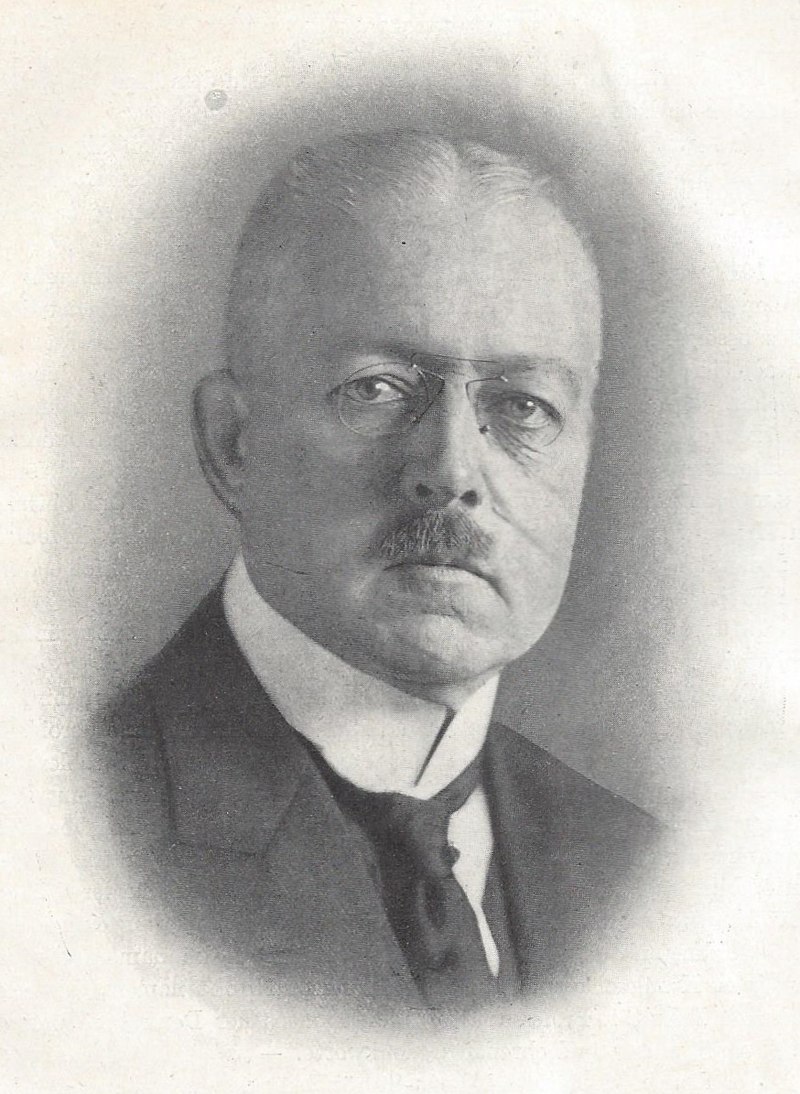
Essex-Lopresti
Peter Gordon Essex-Lopresti was a British orthopaedic surgeon who described the Essex-Lopresti fracture as well as classified the calcaneus.
The former fracture describes a pattern in which there is a radial head dislocation, interosseous membrane disruption, and distal radio-ulnar joint injury. Essex-Lopresti also classified intraarticular calcaneus fractures after observing jumps made by thousands of British paratroopers during World War II.

Hey-Groves
Ernest Williams Hey-Groves was an English orthopaedic surgeon most well-known for development of an early locked plating system in 1916 and designs of intramedullary pegs with ivory pegs for potential to osseointegrate into bone. Eventually, deeper understanding of bone healing and advances in metallurgy led to new developments that superceded ivory implants.
He worked in close conjunction with Dulcie Pillers, an English medical illustrator who helped contribute to several of Hey-Groves’ medial textbooks.
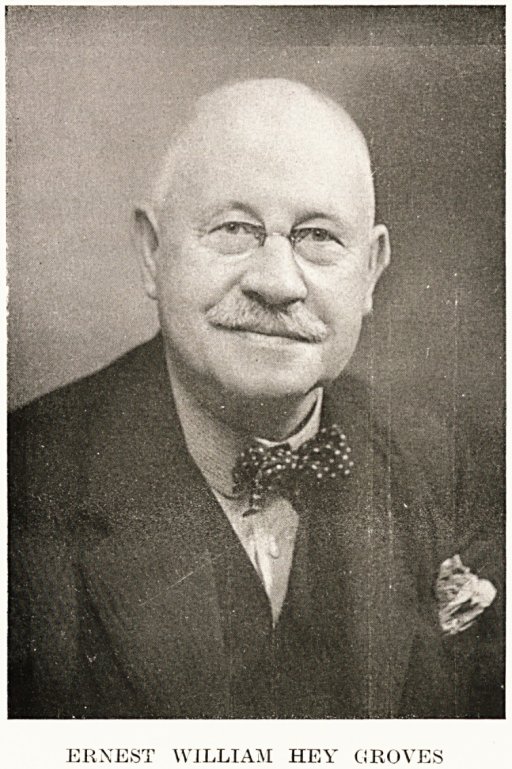
Lauge-Hansen
Niels Lauge-Hansen was a Danish radiologist who in 1948 published a comprehensive review on ankle fractures, categorizing them into four groups on basis of mechanisms of injury.
The Lauge-Hansen criteria, along with the Danis-Weber classification, are still used total for characterization of ankle fractures.
Although not technically a surgeon, I put him on the list single-surgeon hyphenated eponyms as ankle fractures are among the more common surgeries performed in orthopedic trauma.
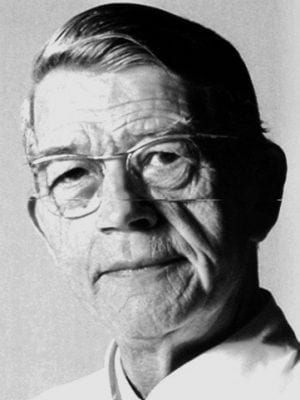
Morel-Lavallée
Victor-Auguste-François Morel-Lavallée was a French surgeon best known for describing the eponymous Morel-Lavallée lesion, a closed soft-tissue degloving injury usually as a result of blunt trauma. As many presentations may be asymptomatic or less apparent due to concomitant injuries, there should exist a high index of suspicion in a polytrauma patient.

Smith-Petersen
Marius Smith-Petersen was a Norwegian-American orthopaedic surgeon who was a prolific researcher in the early 20th century who developed the Smith-Petersen nail, hip-mold arthroplasty, and is perhaps known for the Smith-Petersen approach, an anterior approach of the hip with intervals between the sartorius/tensor fasciae latae and rectus femoris/gluteus medius.

Watson-Jones
Sir Reginald Watson-Jones was a prominent English Orthopaedic Surgeon who was known for a seminal textbook, Fracture and Joint Injuries, that was used as a valuable guidebook during World War II. He also is the namesake of the Watson-Jones approach, an anterolateral approach to the hip between the gluteus medius and tensor fasciae latae.
Unlike the others on this list, Watson-Jones was born with a non-hyphenated surname (Reginald Watson Jones); to distinguish himself from the numerous Joneses in Liverpool, he appended his middle name to his surname, thus becoming Watson-Jones. However, he kept a separate middle name of “Watson” such that his full name was Sir Reginald Watson Watson-Jones. What a mouthful!
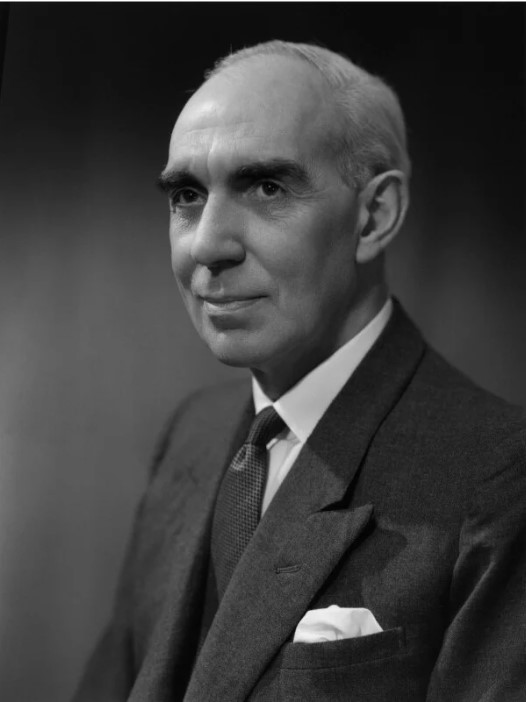
Reflection
While this brief document is of little to no academic interest, it does find a niche for those who are overly invested in medical hyphenated eponyms.
